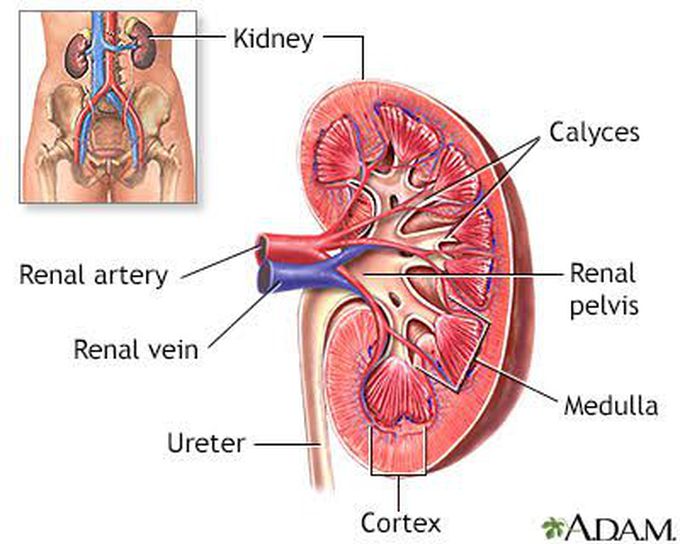

Iqra5 months ago

Renal papillary necrosis diagnosis
Healthcare providers diagnose renal papillary necrosis using: Urography involves an X-ray, CT scan or MRI of your kidneys. Before the test, you receive an intravenous (IV) dye, called contrast, which helps your provider see damaged areas of your kidneys. Ureteroscopy allows your provider to look directly inside of your kidneys using a thin, flexible tube with a camera at the end. Kidney biopsy involves examining a small tissue sample under a microscope.
Other commentsSign in to post comments. You don't have an account? Sign up now!

